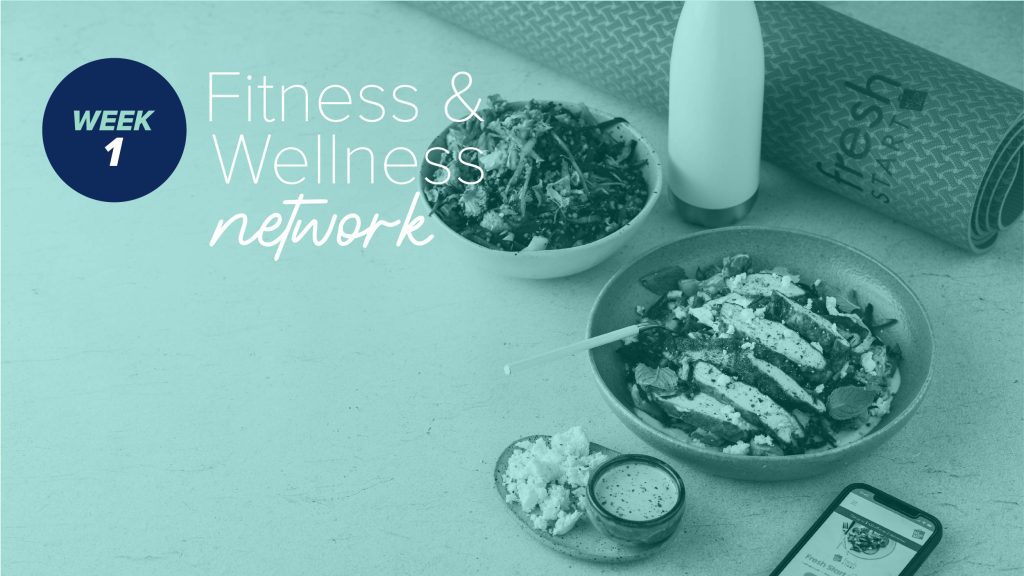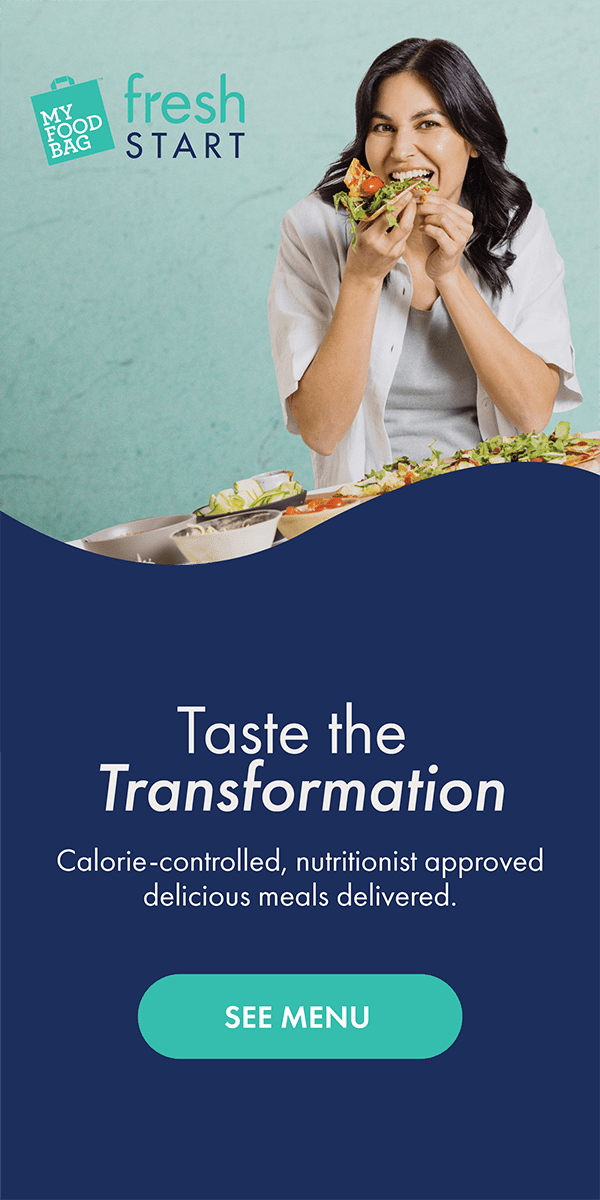
No one can deny that fitness and nutrition go hand in hand, but, in the information age, the amount of circulating diet advice can be overwhelming for both you and your client. It’s all too common to see clients killing it in the gym, whilst struggling to find a long term and sustainable nutrition solution that works for them. Whilst it’s always ideal to work with a trained nutrition professional, it’s still possible to steer your client in the right direction when it comes to nutrition. First however, you need to understand the fundamentals of your clients nutrition goals and status, and when doing so there are a few vital questions that are often overlooked.
The following five goal-based questions will arm you with a repertoire of information that will help your client find nutrition success:
- What is their positive nutrition goal
So often, clients will say their goal is to ‘eat less processed foods’ or ‘eat smaller portions’. I call these “negative goals” or things clients would like to remove or subtract from their diet. Positive goals, or things the client would like to include more of in their day to day eating are more helpful. The reason being, most clients will not find it sustainable to simply remove a number of foods from their diet with no substitution, so setting goals about what to add to their diet is not only more sustainable, but creates a much more positive frame of mind.
Try: “I’d like to eat a smaller carb portion with dinner” – Ok, so let’s focus on adding more vegetables to your dinner each night?
Try: “I’d like to cut out snacking on chocolate at work in the afternoon” – Ok, so you would like to try and add a healthy snack each afternoon at work?
- What eating patterns have they tried in the past, and how did they find them?
There is no point repeating mistakes. Many clients will not be new to dieting, and unfortunately, will have experienced their share of disheartening dieting failures. First and foremost I always encourage a non-diet approach, by adding healthy foods and prioritising a balanced plate at meal times. However the reality is, many clients will want to attempt a completely different style of eating and may not be easily redirected. Use past attempts as a way to steer clients towards at least the most practical and realistic option for them.
Try: “I’ve tried keto before, and I found it hard to eat out with friends, but this time will be different, I’ll just eat out less” – Ok, would you consider a lower carb diet, focusing on higher fibre carbohydrates to make socialising easier?
Try: “I went vegan last year and want to do it again, but last time I just fell off the wagon” – Ok, would you consider an eating pattern that heroes plant foods, but includes animal products so you can be more flexible?
- What foods can’t they live without
If a client can’t live without ice-cream, don’t ask them to. Setting unrealistic expectations is a recipe for disaster, and often a disheartened client will start to lose faith in their abilities across both nutrition and training. Be flexible around foods a client loves, especially if the goal is long term dietary pattern change. Too often, clients will remove their favourite foods completely and have a rigid mindset about foods being ‘good’ or ‘bad’, when nutrition behaviour research continues to show this black and white mentality increases the likelihood of binge eating (1) and therefore poor results. Explain to your client that vowing off their favourite foods won’t stop them from eating them, but it will certainly stop them from enjoying them when they do.
Try: “My favourite food is chocolate, so I won’t have any of that in the house!” – Ok, would you try buying single serve chocolate bars, and practice enjoying one every few days when you felt like it?
Try: “I love mayonnaise, but I know it’s bad for you so I won’t buy it” – Ok, no food is inherently bad but yes mayonnaise should be enjoyed in moderation. Let’s start by reducing your portion to a teaspoon with your meal, instead of removing it completely.
- How much time per day do they want to spend preparing food
The temptation to ask clients to prepare everything from scratch when making healthy choices is strong – but if your client is time poor, resist it! Preparing food at home means more say over what goes into it, sure, but any diet suggestions need to fit into the client’s current lifestyle easily. There are plenty of ‘healthy enough’ convenience foods out there. Giving your client mental permission to use these to their advantage means they can focus their time on forming healthy habits that will better impact their long term health – as opposed to prioritising the small benefit of labouring over their own salad dressings every day. Discuss label reading with your client, and how to select the supermarket option which is lower in sugar, saturated fat and sodium – especially for foods (like dressings!) that may ultimately help your client to enjoy healthier foods more often.
Try: “I find it really difficult to eat salads but I hear supermarket salad dressing is really bad for you” – Ok, the benefits of vegetables far outweigh the consequences of a little dressing. Let’s discuss label reading so you can make a smarter choice rather than avoiding them all together!
Try: “I know supermarket soups have lots of salt in them, but I find it really hard to find the time in the weekend to make up a batch of soup for the week” Ok, vegetable soups make for an easy lunch on the go. Let’s discuss label reading so you can make a smarter choice rather than avoiding them all together!
- Their food budget.
This final question is so simple, but it’s often overlooked. Whilst some may be happy to reprioritise to afford more expensive foods, others may find cost a barrier to sustainable change. There is certainly a perception in the minds of many that healthy eating is inherently expensive. In reality, gourmet ingredients, for example, quinoa, chia, and bulgur are fantastic for variety, but play a similar nutritional role as cheaper alternatives such as brown rice, or whole oats. The cost of whole veggies can also be deterring, but encourage your client to experiment with cheaper produce such as frozen and canned vegetables which also still pack a nutritional punch. In the same vein, with higher protein goals I often see a resulting rise in costly meat intake – but cheaper proteins such as tofu, yoghurt, canned fish, legumes, eggs also make for great options.
Try: “Healthy eating is so expensive!” – Ok let’s discuss what you eat currently, shall we try to put a healthy spin on your current meals instead?
Try: “The price of vegetables and fruit puts me off” – Ok, have you tried shopping more in season? Don’t be afraid of frozen and canned vegetables too!
Now, bring it all together!
Once you know what your client would like to add more of, what they’ve tried, their favourite foods, how much time and money they’re willing to commit – you’ve got the fundamentals to shape a personalised and helpful nutrition approach. Don’t be afraid to question a client on their goals and methods, as ultimately the best thing for your client is a series of achievable and sustainable eating goals that make them feel great, not guilty!
- Linardon, J. (2018). The relationship between dietary restraint and binge eating: Examining eating-related self-efficacy as a moderator. Appetite, 127, 126-129.
Take me to the Fresh Start website.


